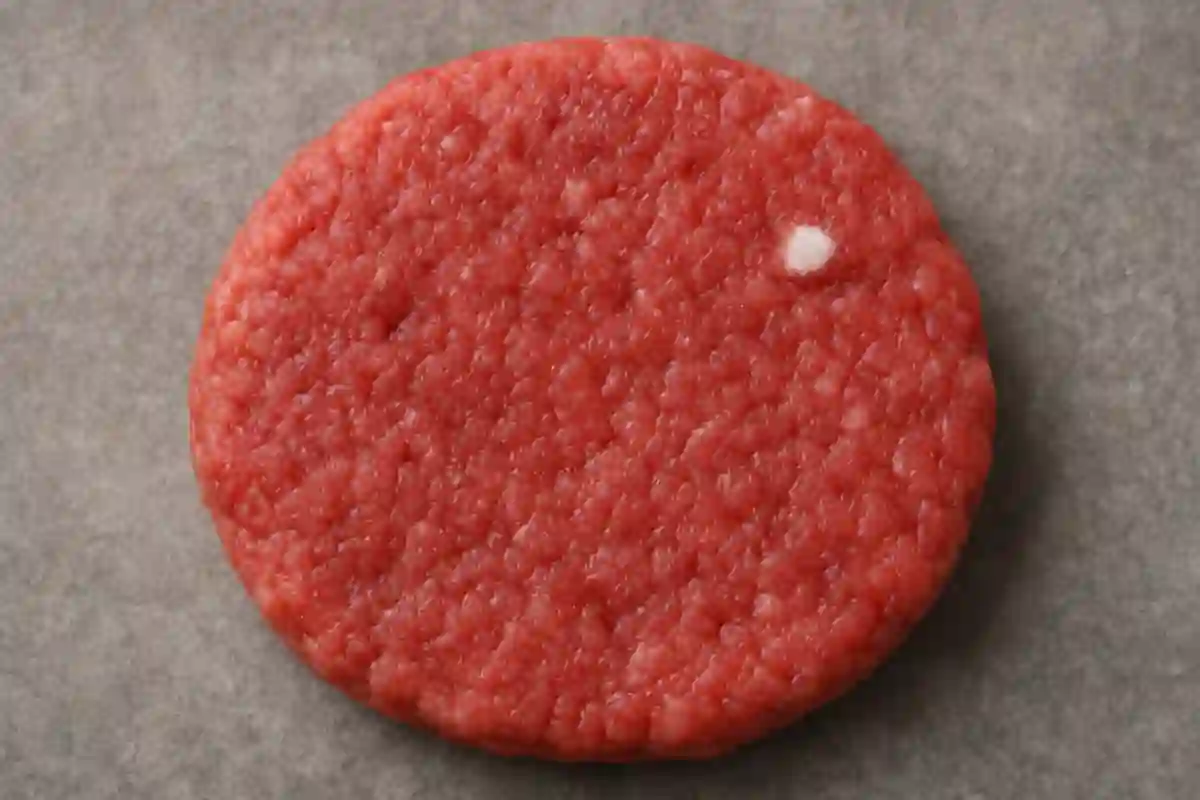They’re usually small fat deposits, but they could also be freezer burn, mold, or bone fragments depending on how the beef was stored and handled.

Are white spots on ground beef normal?
Some white specks are totally normal, especially if they’re just pieces of fat. But if they look fuzzy or powdery, or the meat smells off, it could be a sign of spoilage.
Could the white spots be mold?
Yes, if the white spots are fuzzy or powdery and the meat smells sour or odd, it could be mold. That’s a clear sign the beef has gone bad.
Do white spots mean the meat is spoiled?
Not always. Fat spots are harmless, but if the meat has a weird smell, sticky texture, or grayish color along with the white spots, it’s best to throw it out.
Can I still cook ground beef with white spots?
If the spots are just fat and the meat smells and feels normal, it’s safe to cook. But if there’s any doubt, especially signs of spoilage, it’s safer to toss it.
What does freezer burn look like on ground beef?
Freezer burn shows up as pale white or gray patches, often dry or leathery. It’s not unsafe to eat, but it can taste bland or off.
How do I tell the difference between fat and mold on ground beef?
Fat is solid, creamy white, and doesn’t rub off easily. Mold is fuzzier, often slightly green or blue-tinged, and might smear or flake when touched.
What causes mold to grow on ground beef?
Improper refrigeration, damaged packaging, or keeping it too long past the use-by date can let mold grow even in the fridge.
Is it safe to eat beef with just a little mold?
No. Unlike hard cheese, mold on meat can go deeper than the surface. If you see any mold on ground beef, the safest move is to discard it.
How can I prevent white spots or spoilage on ground beef?
Keep it cold (below 40°F), use it within 1-2 days of purchase, and freeze it if you’re not cooking it soon. Also, avoid leaving it out for more than 2 hours.
Can I still use ground beef with freezer burn?
Yes, it’s safe but the texture and taste may not be great. Trimming the affected areas before cooking can help a bit.
Are white spots ever a sign of parasites or contamination?
Rarely. In regulated meat, it’s uncommon. But in poorly handled or wild meat, spots could signal parasites—though it’s more likely to be fat or freezer burn.
Should I return ground beef with white spots to the store?
If the meat smells off, feels slimy, or has mold, yes (especially if it’s within the sell-by date). Bring your receipt and show the issue to customer service.
What’s the best way to store ground beef to avoid white spots?
Keep it tightly sealed, store in the coldest part of your fridge, and use within a couple days. For longer storage, freeze it in airtight, freezer-safe bags.